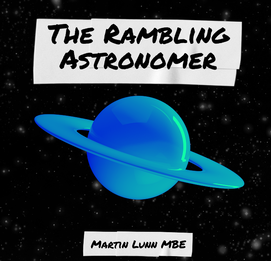Taking a break from my star searches for high latitude novae and my astronomical historical investigations particularly with the York based telescope maker Thomas Cooke, I sometimes get asked to present astronomy talks on cruise ships and we have just returned from one such trip to search for the Northern Lights.
We were in the arctic circle for 5 nights in the second half of February and incredibly we had 5 clear nights and saw the northern lights on all 5 nights. It was a pretty cool -15 degrees C.
It was incredible, the best display I have seen since 2018 again when I was also in the arctic. We saw just about ever kind of aurora on display, arcs, rays, curtains and a most spectacular corona or crown. This was amazing!!! We could see the corona waving and shimmering in the sky.
I have included a picture of the Corona which I would point out was not taken by me, I was shouting and screaming at it too much, although I was standing next to the cameraman. Richard Lovelock was the photographer and very professionally he got the photos. If you want to see more of the pictures of the northern lights and the cruise in general, I would suggest you contact Richard at www.cruisephotography.co.uk
The colours which were greenish, reddish, purplish could be seen with the naked eye. It got so good that the photographers on board didn’t know which way to point their cameras.
I know that the Sun has been active in this early part of cycle 25 but with this activity this early it could be a bumper cycle for the northern lights chasers. Indeed people in the UK who have already been seeing them this year may be in for even more of a treat as the cycle continues.














